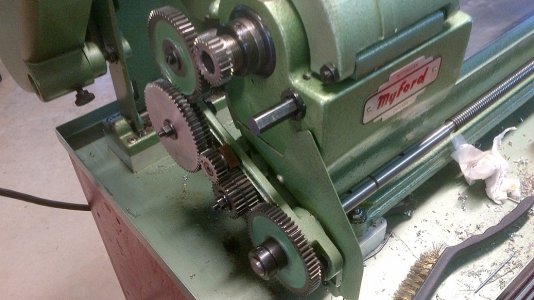- Joined
- Apr 11, 2014
- Messages
- 87
the new bearings should be hear in a few days...I cant wait to try it out again.. I'll post the results.John
the manual that I have I found on e/bay ... A little pricey but it shows all the part numbers and a lot of info on setting up the lathe in your shop, how to run it ,how to service it, adjustments, ect. I see they still have some for sale there. Just type in Metal lathe 10'x24"-12" x 36" instructions & parts manual.. on e/bay search bar
the manual that I have I found on e/bay ... A little pricey but it shows all the part numbers and a lot of info on setting up the lathe in your shop, how to run it ,how to service it, adjustments, ect. I see they still have some for sale there. Just type in Metal lathe 10'x24"-12" x 36" instructions & parts manual.. on e/bay search bar
Last edited:


